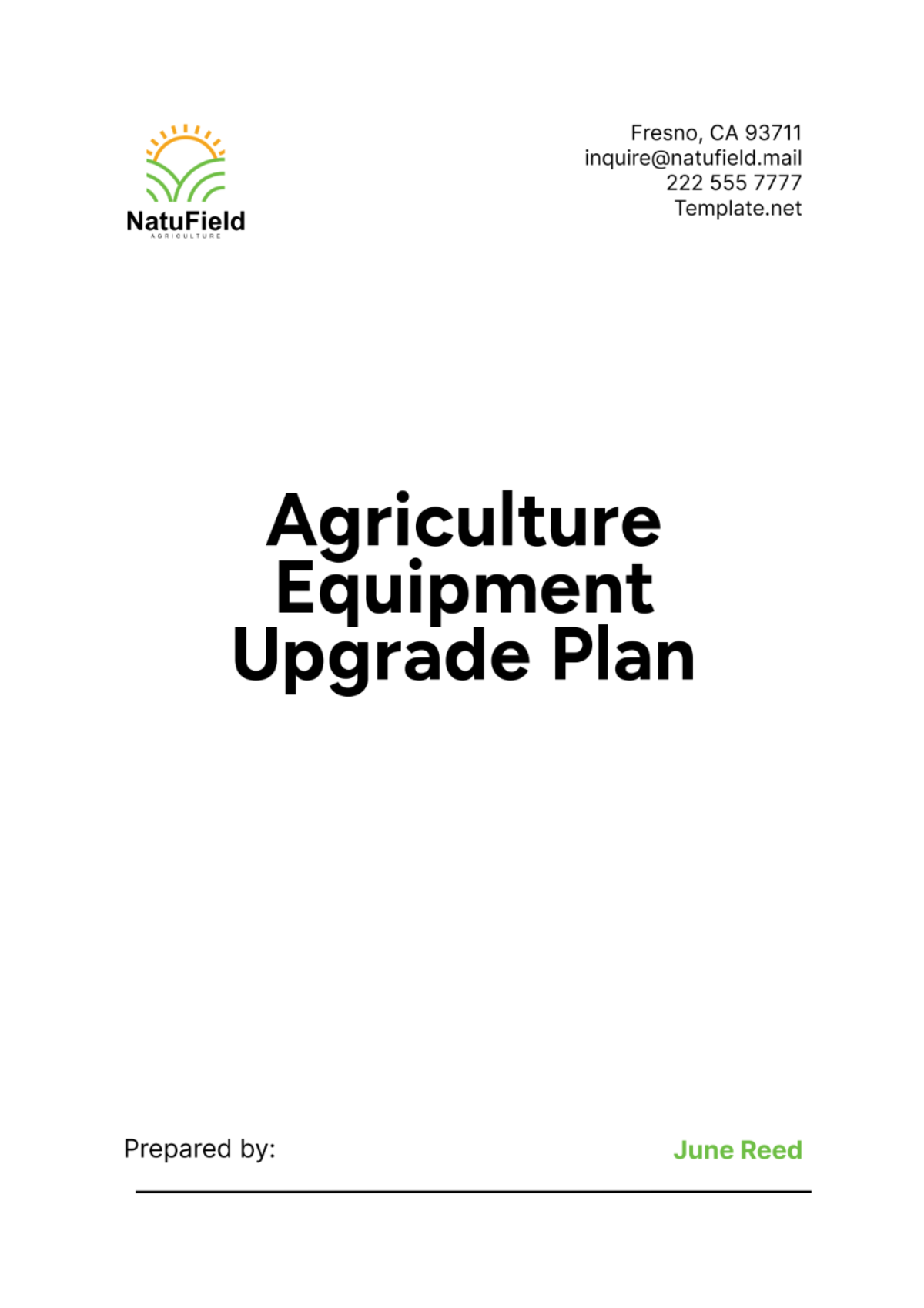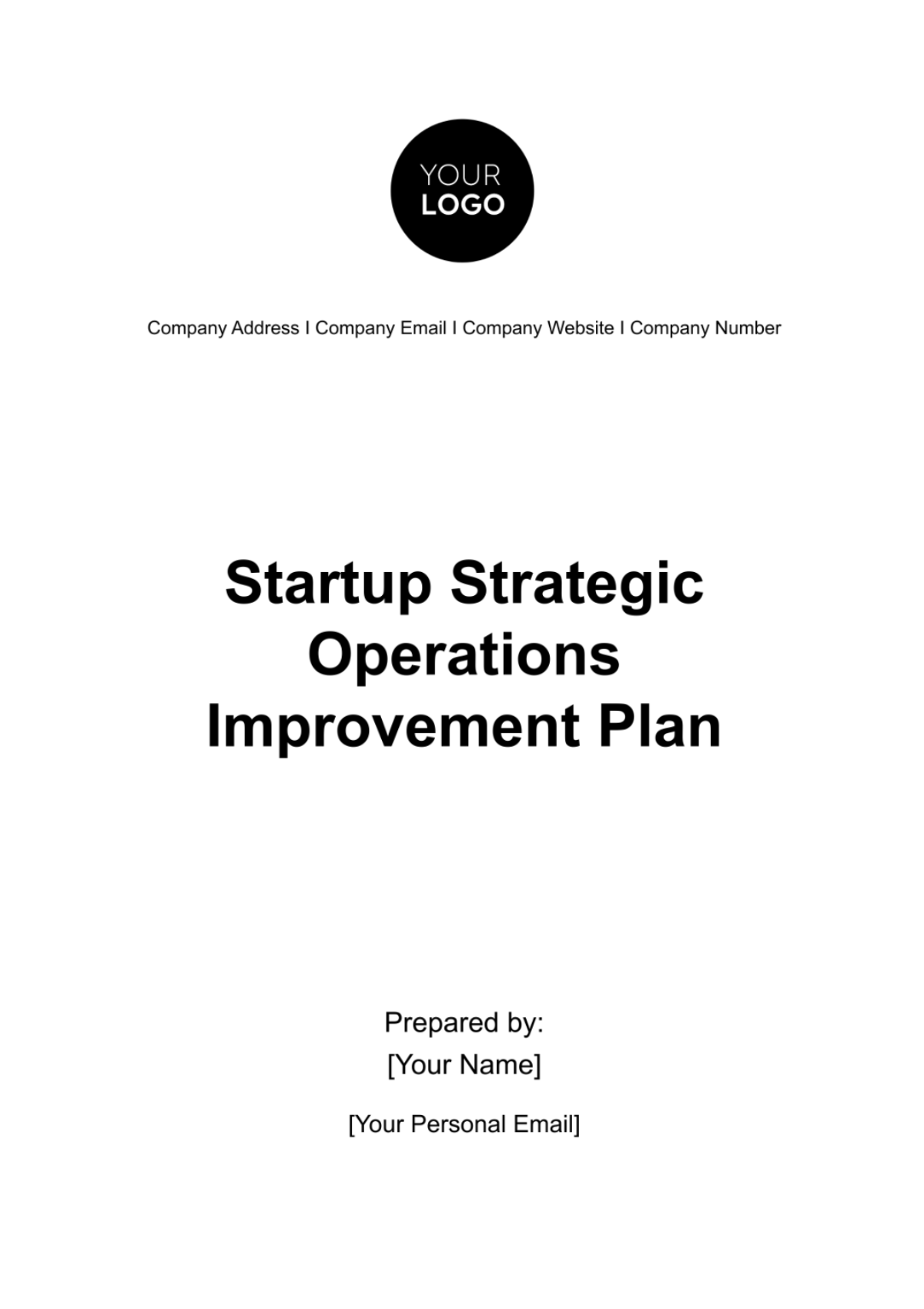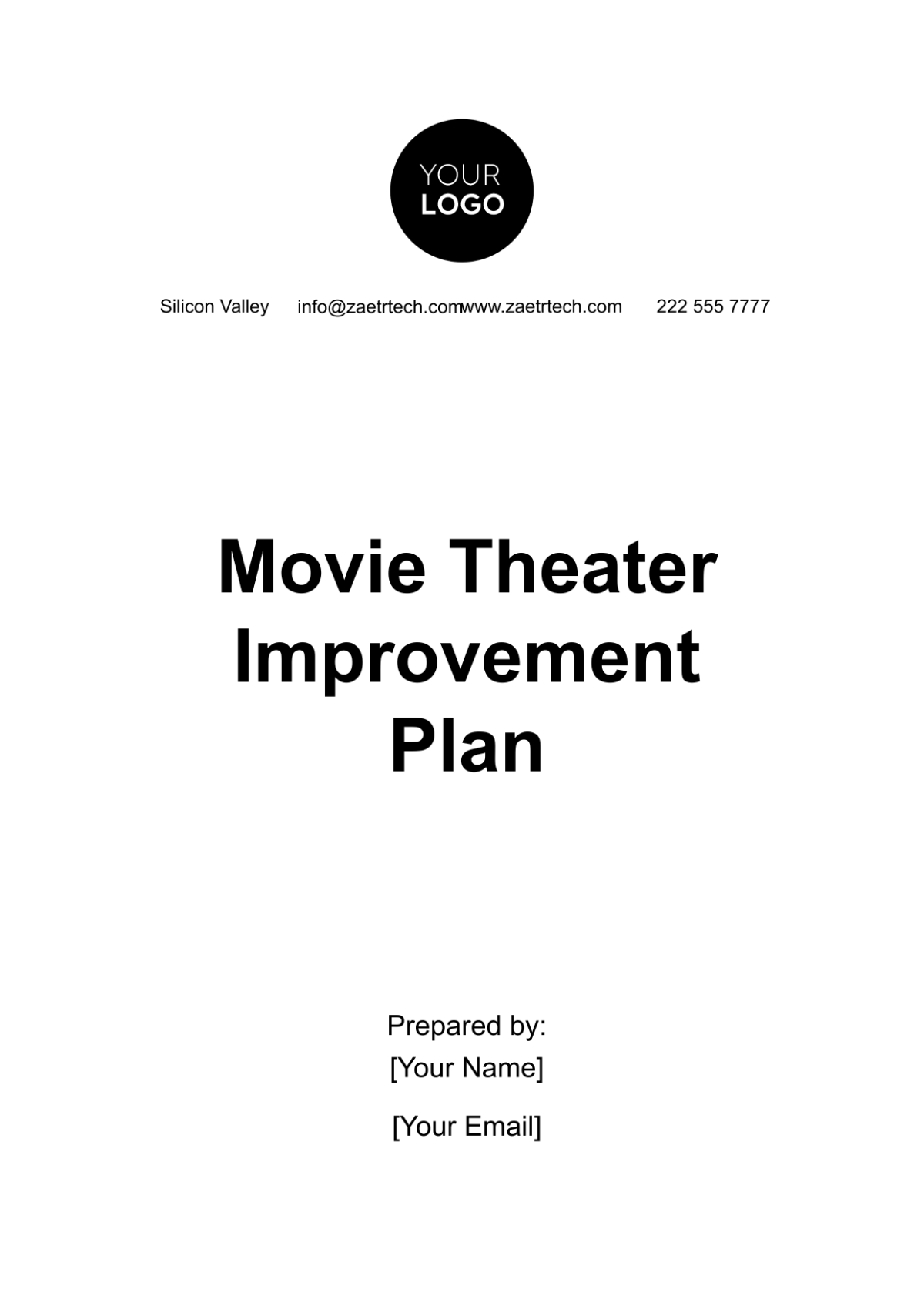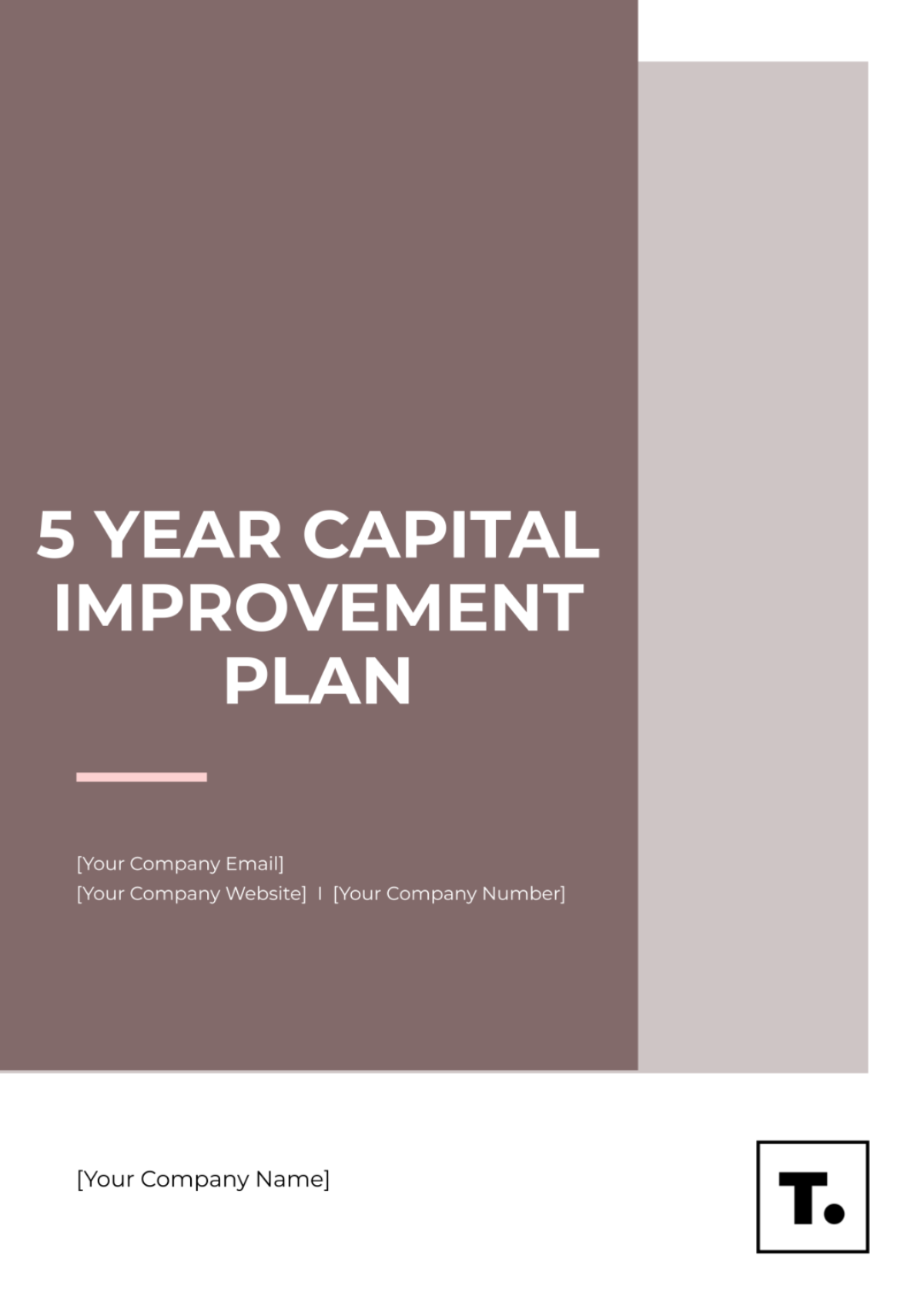Productivity Improvement Plan Format
1. Introduction
Provide a brief description of the purpose of the plan, including the focus areas such as employee performance, resource optimization, and workflow efficiency.
2. Objectives
List the clear, measurable objectives for improving productivity, such as improving efficiency, reducing task completion time, or enhancing employee skills.
3. Actionable Goals
Goal 1: Describe the first goal of the plan.
Responsible Party: Identify the person or department responsible for this goal.
Timeline: Specify the start and end dates.
Outcome Metric: Define how success will be measured for this goal.
Goal 2: Describe the second goal of the plan.
Responsible Party: Identify the person or department responsible for this goal.
Timeline: Specify the start and end dates.
Outcome Metric: Define how success will be measured for this goal.
Goal 3: (If applicable) Describe the third goal of the plan.
Responsible Party: Identify the person or department responsible for this goal.
Timeline: Specify the start and end dates.
Outcome Metric: Define how success will be measured for this goal.
(Continue adding goals as needed.)
4. Resource Allocation
Describe the personnel, budget, and technology/tools needed to implement the plan successfully.
5. Monitoring and Evaluation
Outline how progress will be tracked, specifying the tracking methods and key performance indicators (KPIs) that will be used. Include feedback mechanisms, such as surveys or team reviews, to assess progress.
6. Continuous Improvement
Describe the process for reviewing and adjusting the plan based on progress and feedback. Mention the strategies to refine the plan if necessary.
7. Conclusion
Summarize the expected outcomes of the plan and reaffirm the commitment to ongoing productivity improvement.

































